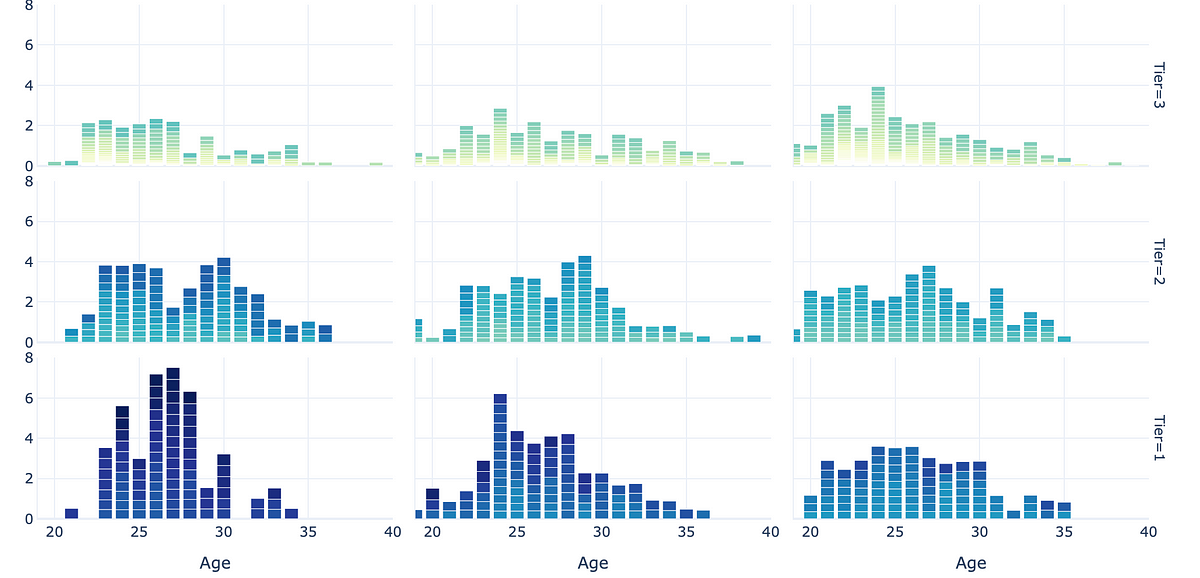As many top-level sports grew and matured from their early days of bus rides and humble paychecks into big, multi-billion dollar business over the last few decades, so has sports science. Nowhere has this been more evident than in the NBA, a league where each team’s success depends on a _few star _players more than any other team sports around the world.
To keep his body in peak physical condition, LeBron James is said to employ a team that would be the envy of royalty. His team is said to include a biomechanist, recovery coach, masseuses, and personal chefs, while each of his houses include a hyperbaric chamber to aid in recovery. With James still performing at MVP-calibre levels at age 35, it’s hard to argue with the results while legends like Larry Bird retired at the same age.
But, is this true across the board? Let’s take a look at the data to see what we can learn about aging in the modern NBA, from its best players, the make-up of the league in general and players’ longevity and performance.
How old are the league’s best players?
This chart shows statistics collected from 5-year periods (e.g. 1986–1990, or 2016–2020), plotting each player’s BPM (box-plus-minus) statistic against their age. No one statistic is perfect to describe a player’s performance, but BPM is as good a measure as any in capturing how a person has performed in relation to the rest of the league.
To concentrate on players who have had positive impacts, the chart only shows players with BPM stats of over 2, which translates to approximately 50 players per season.
#nba #sports #analytics #data-visualization #data-science
